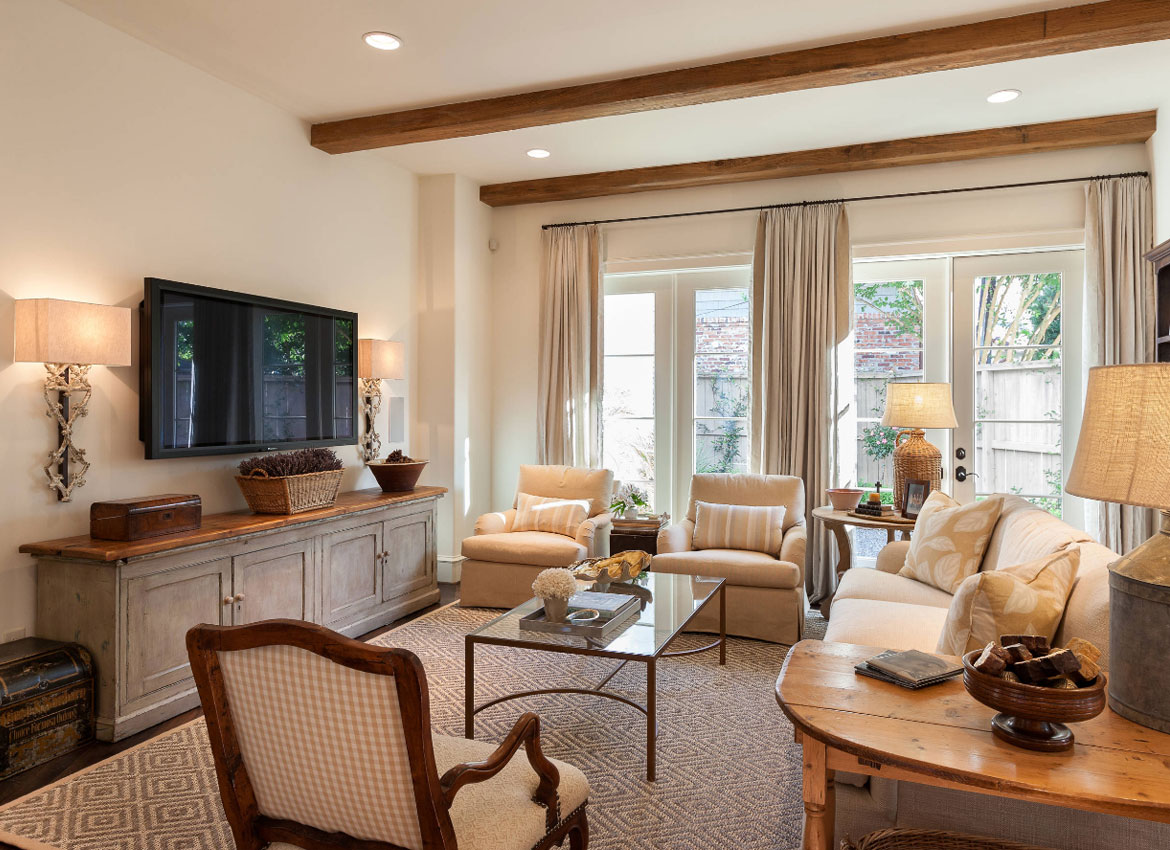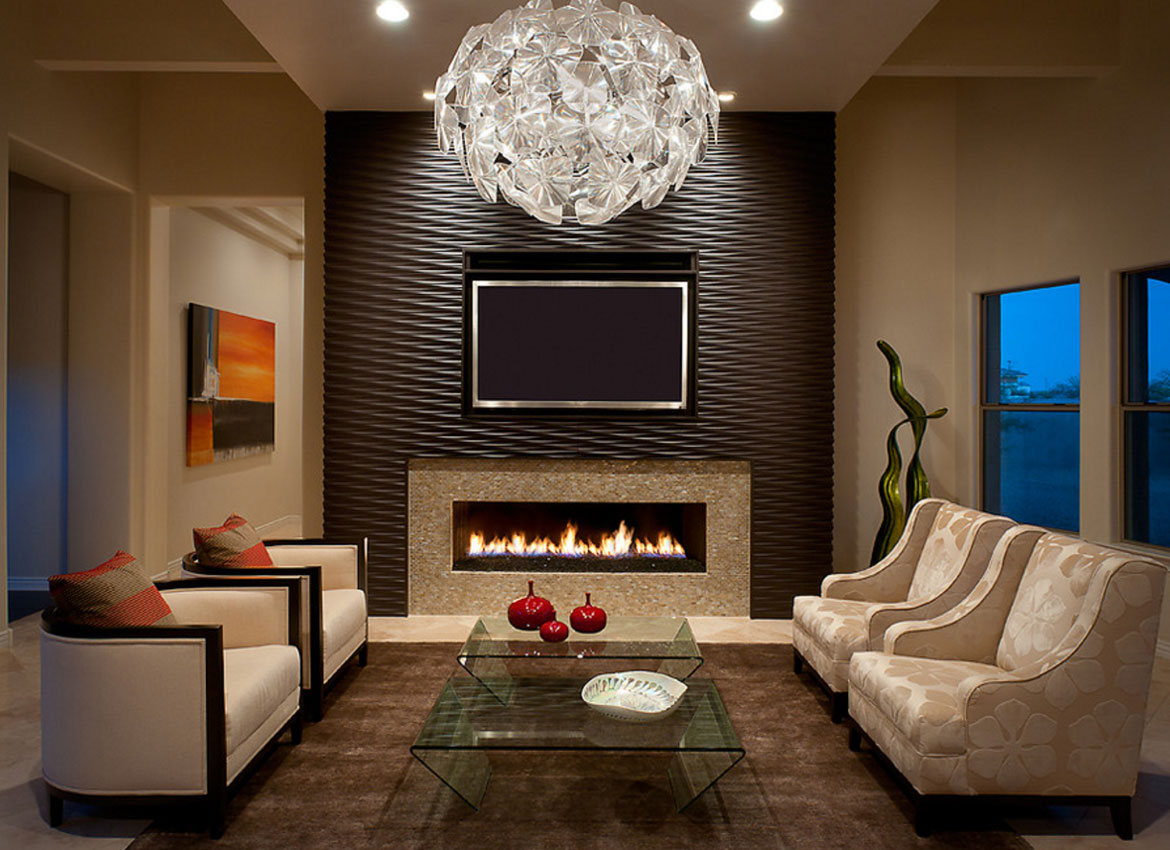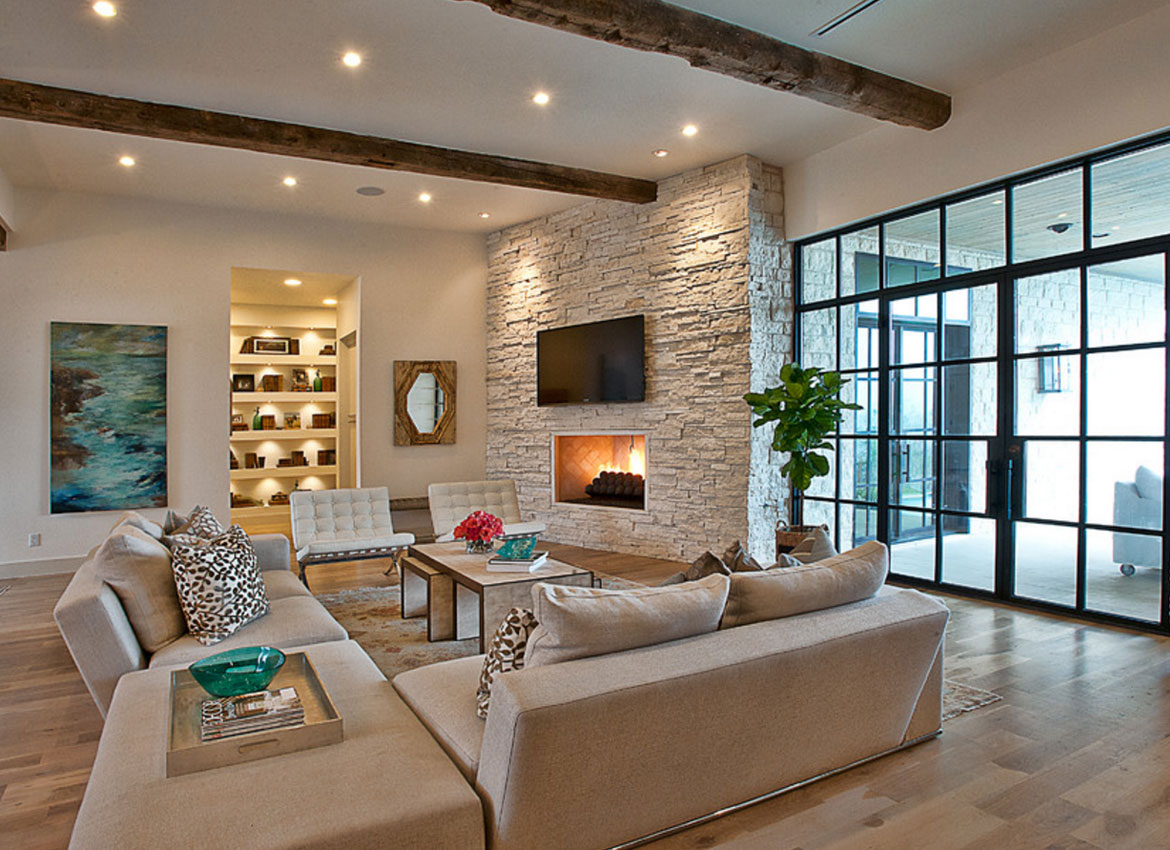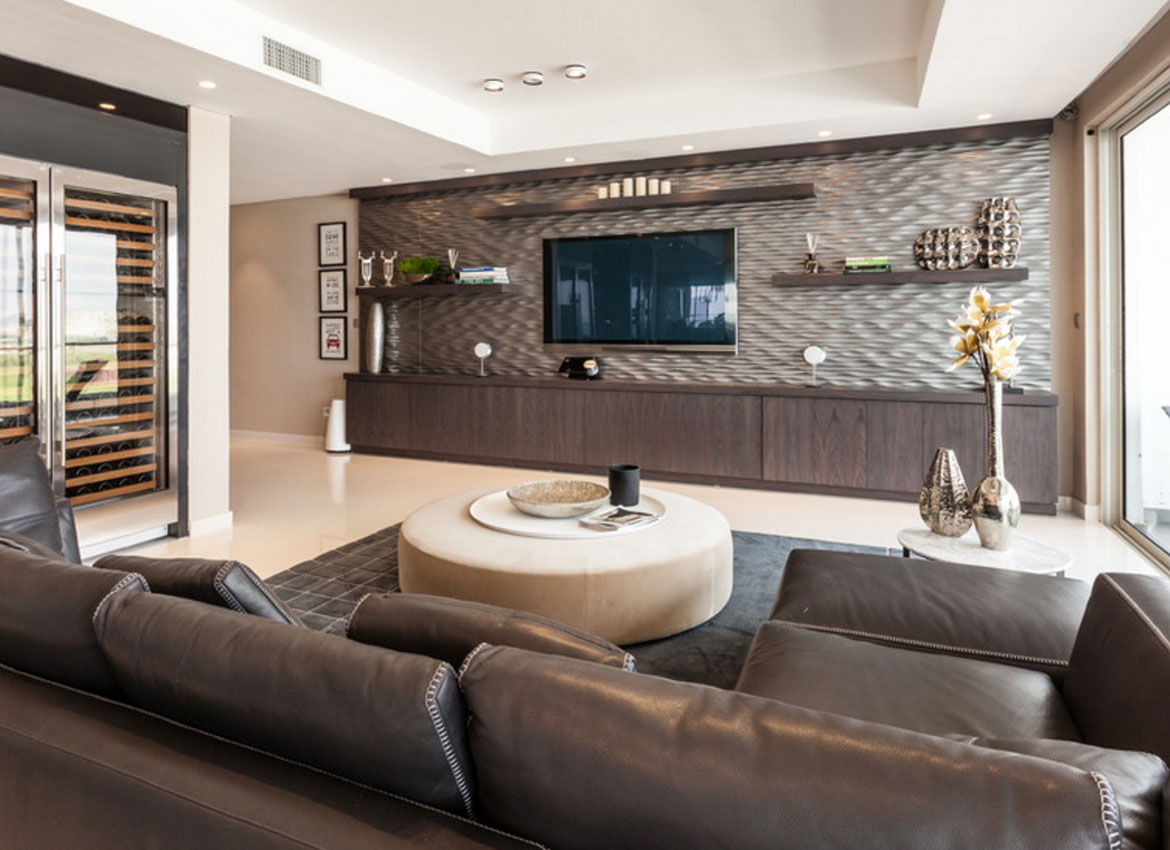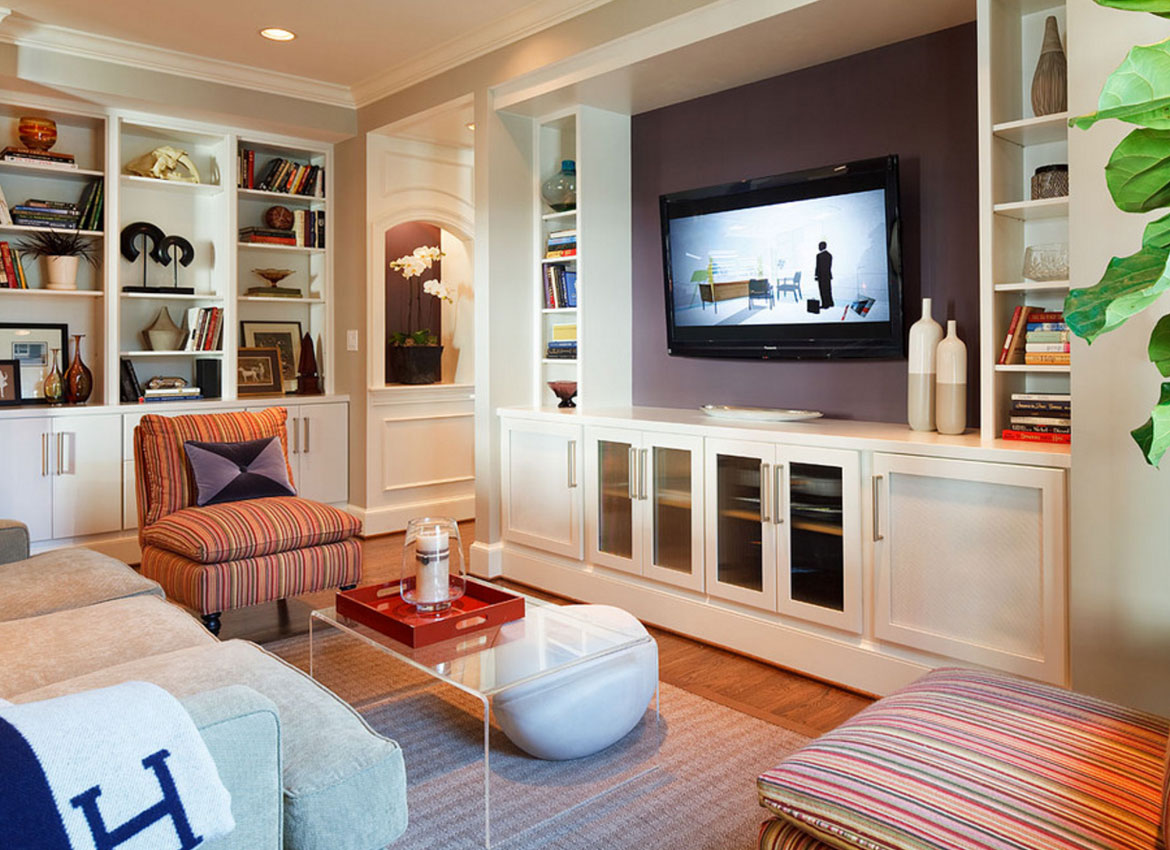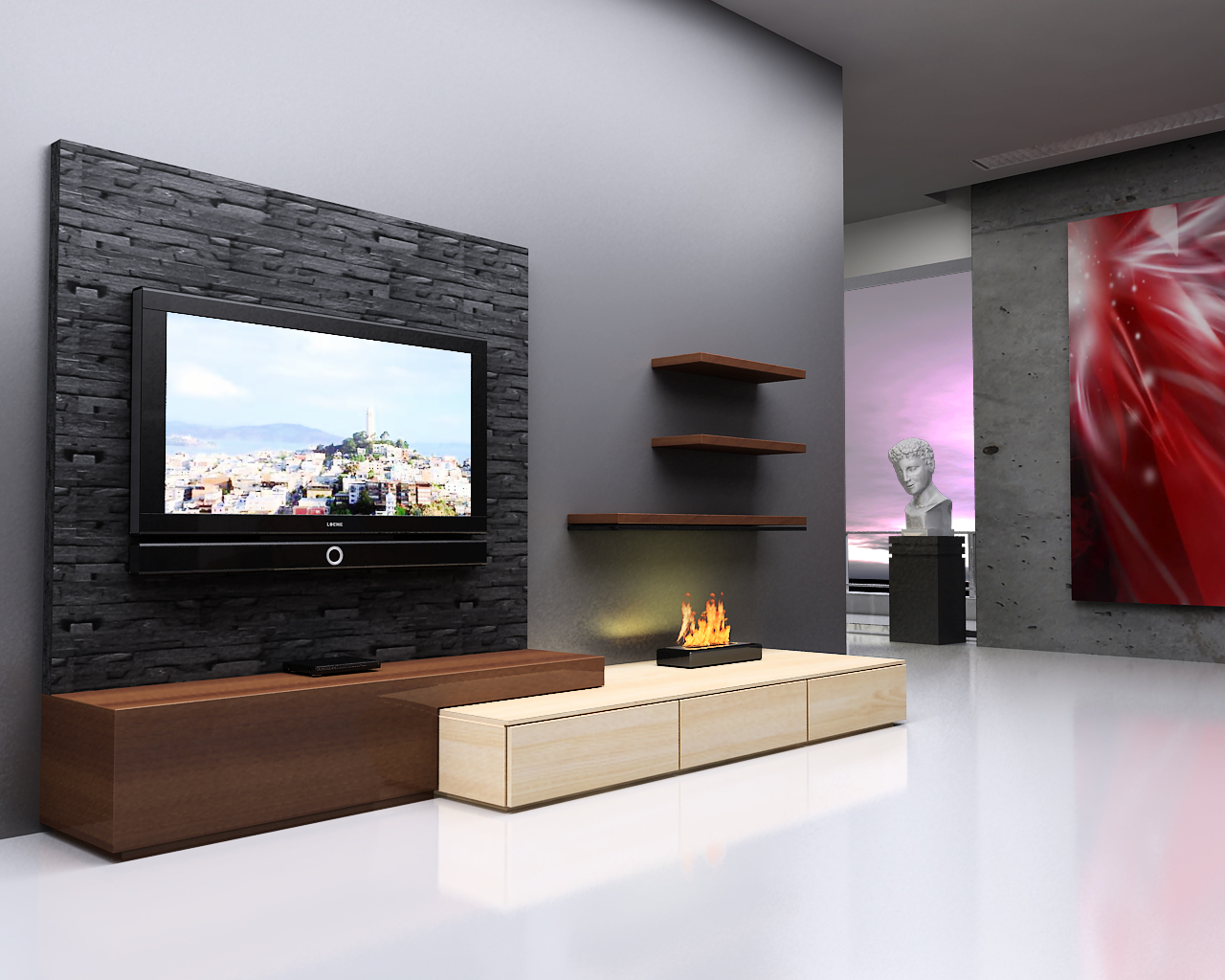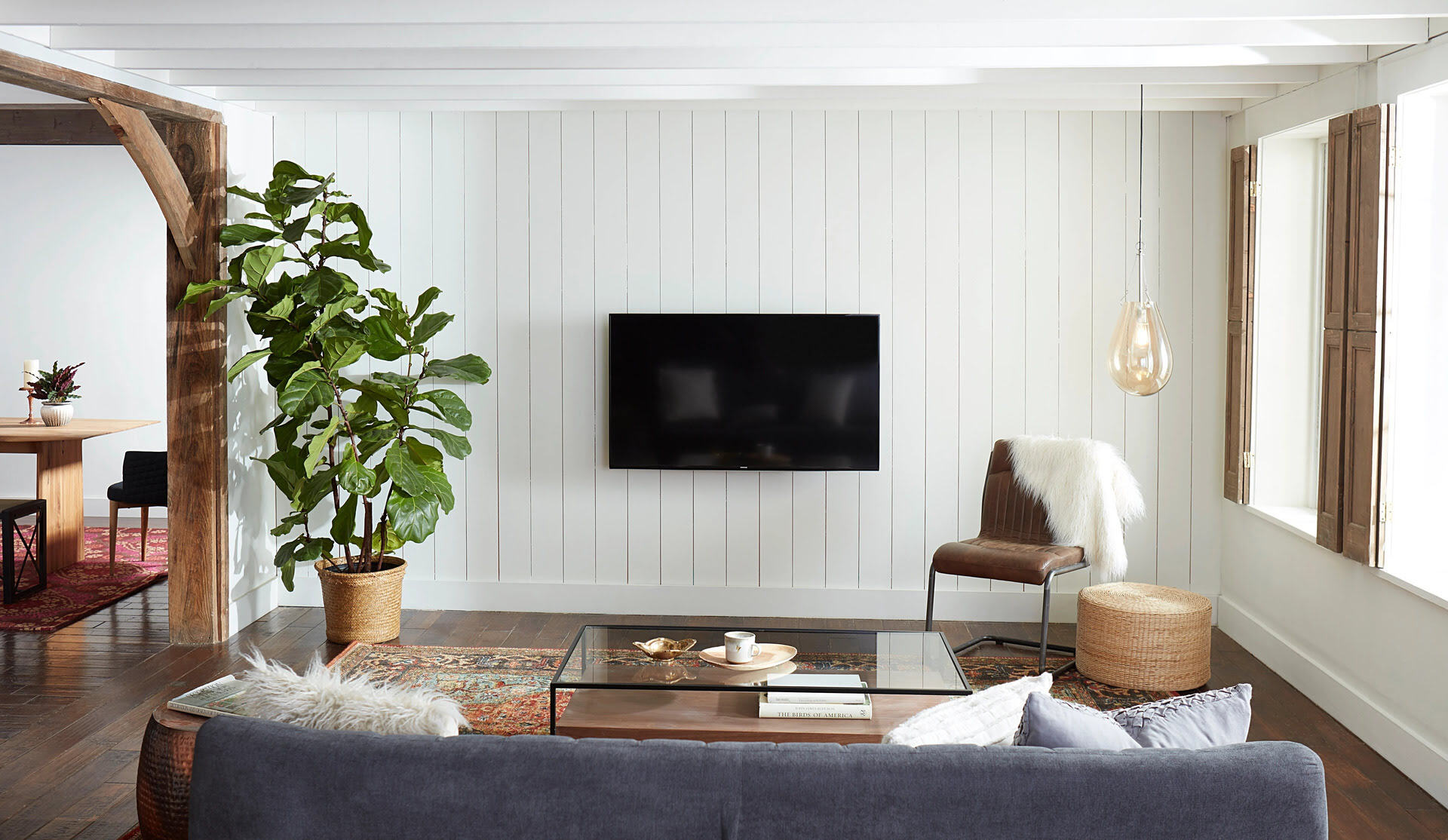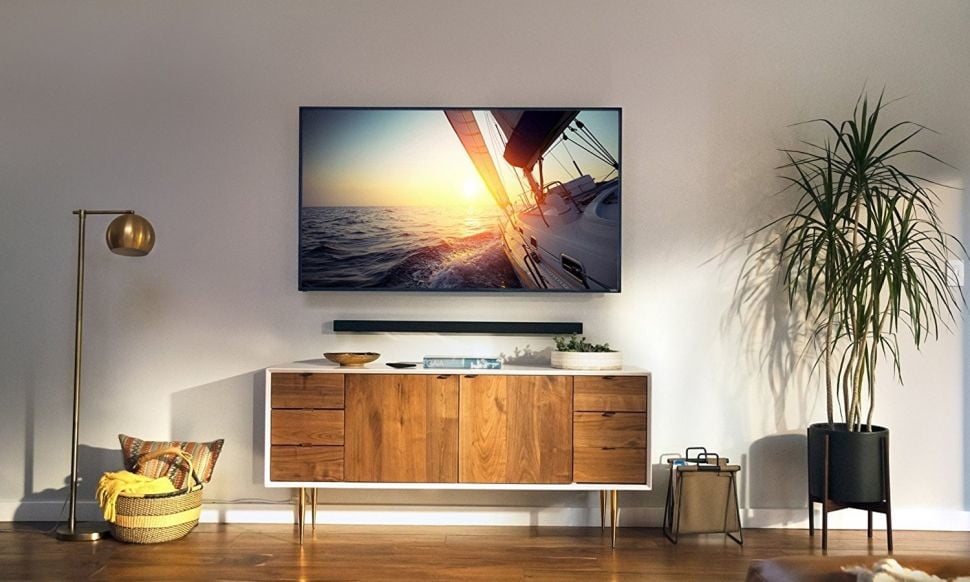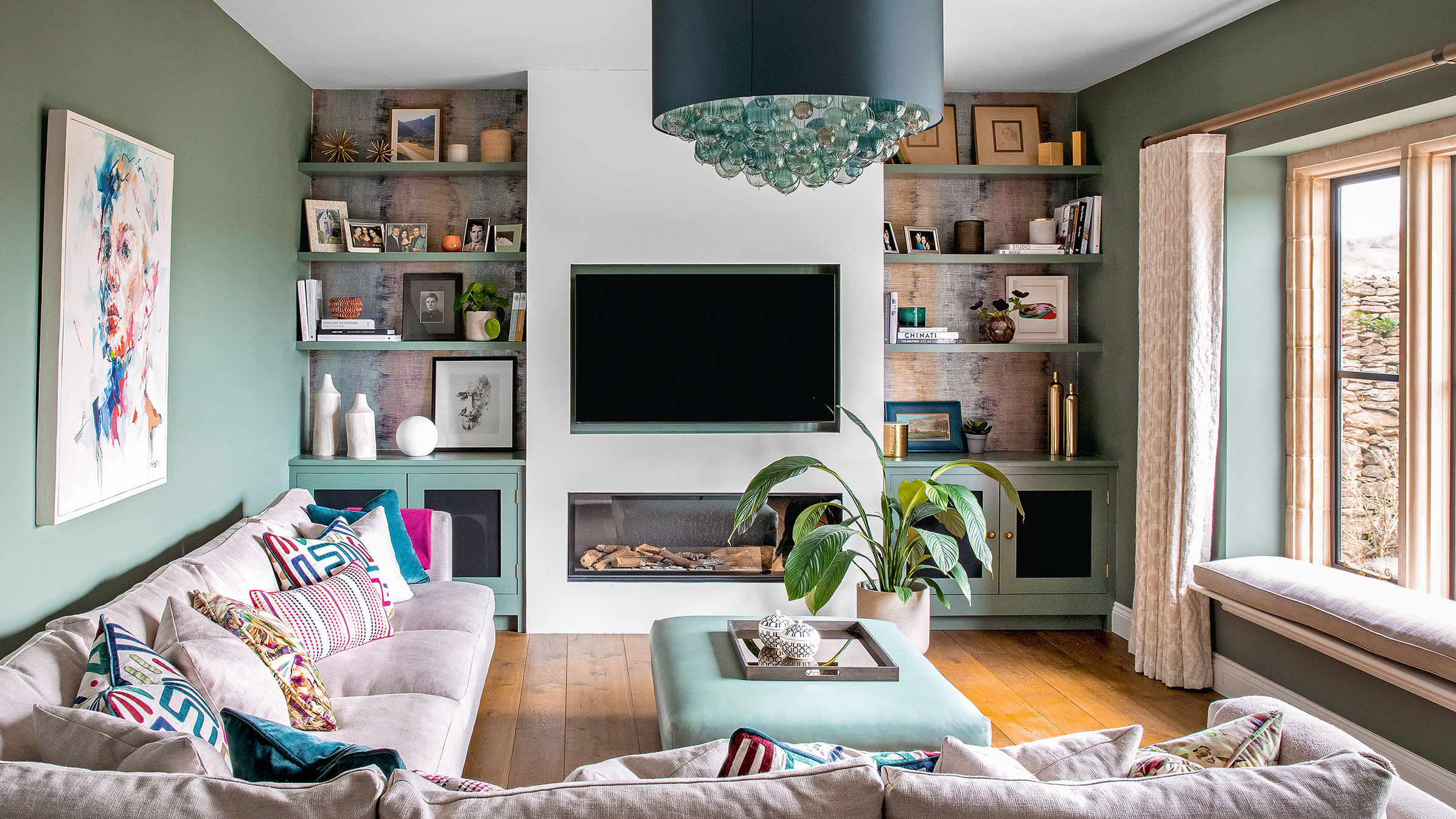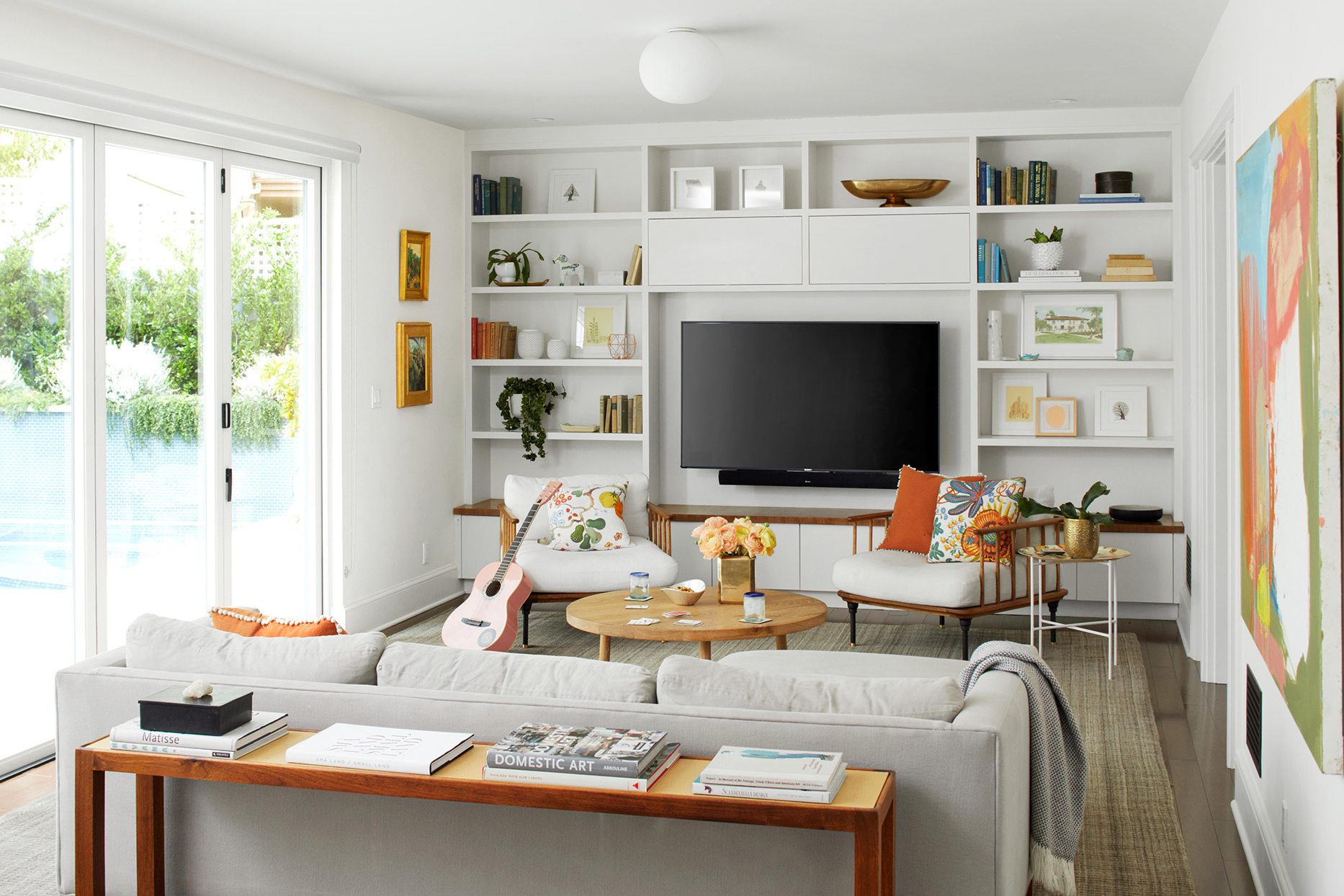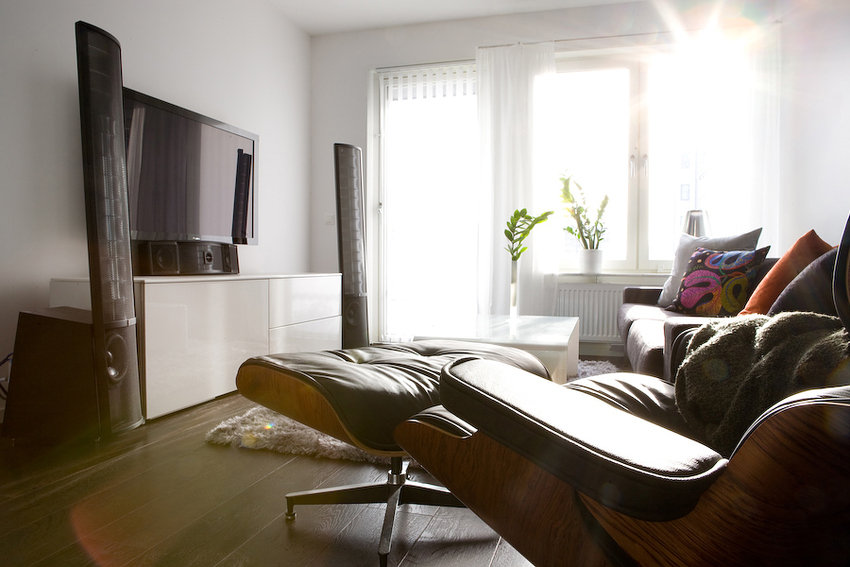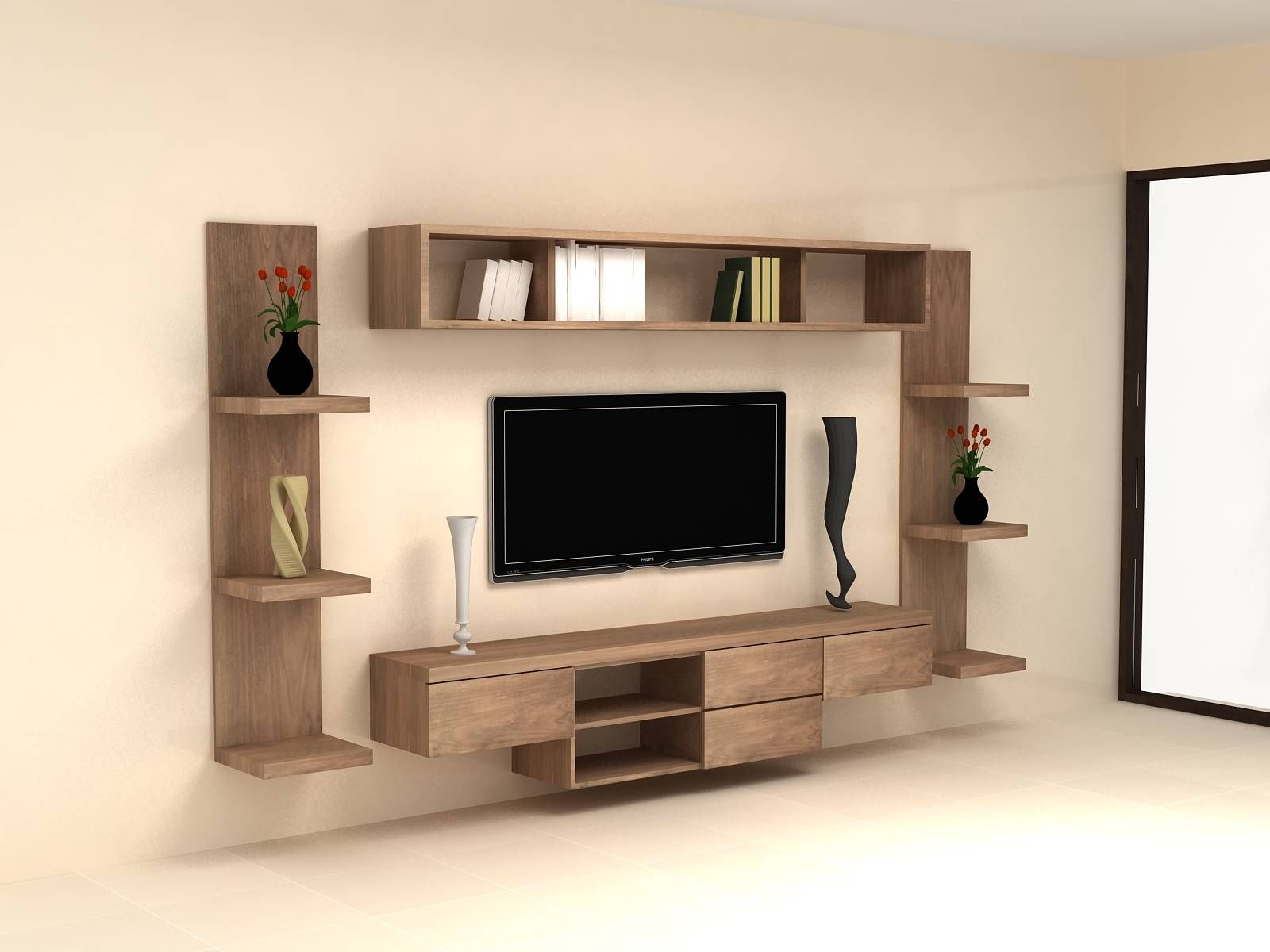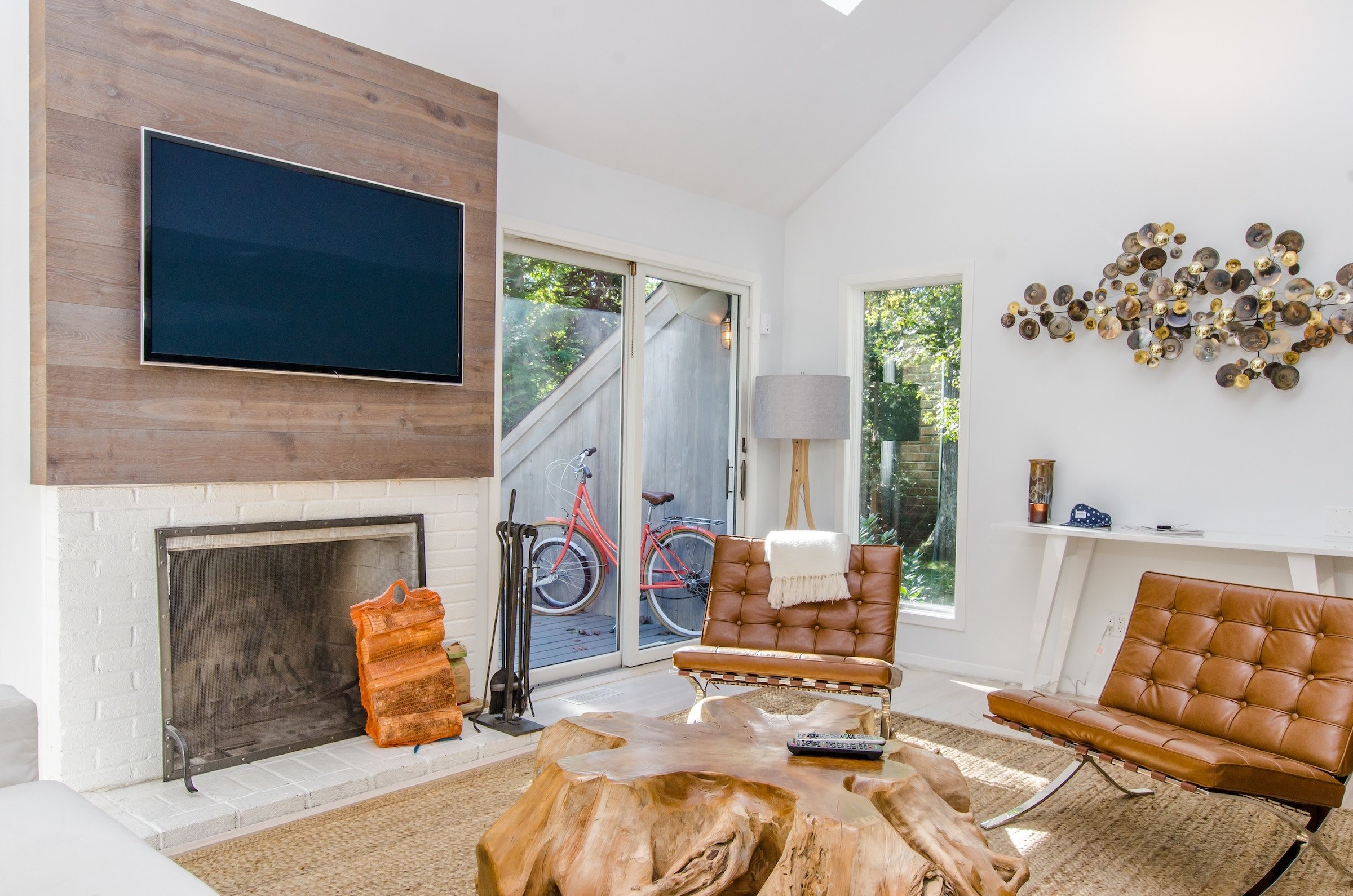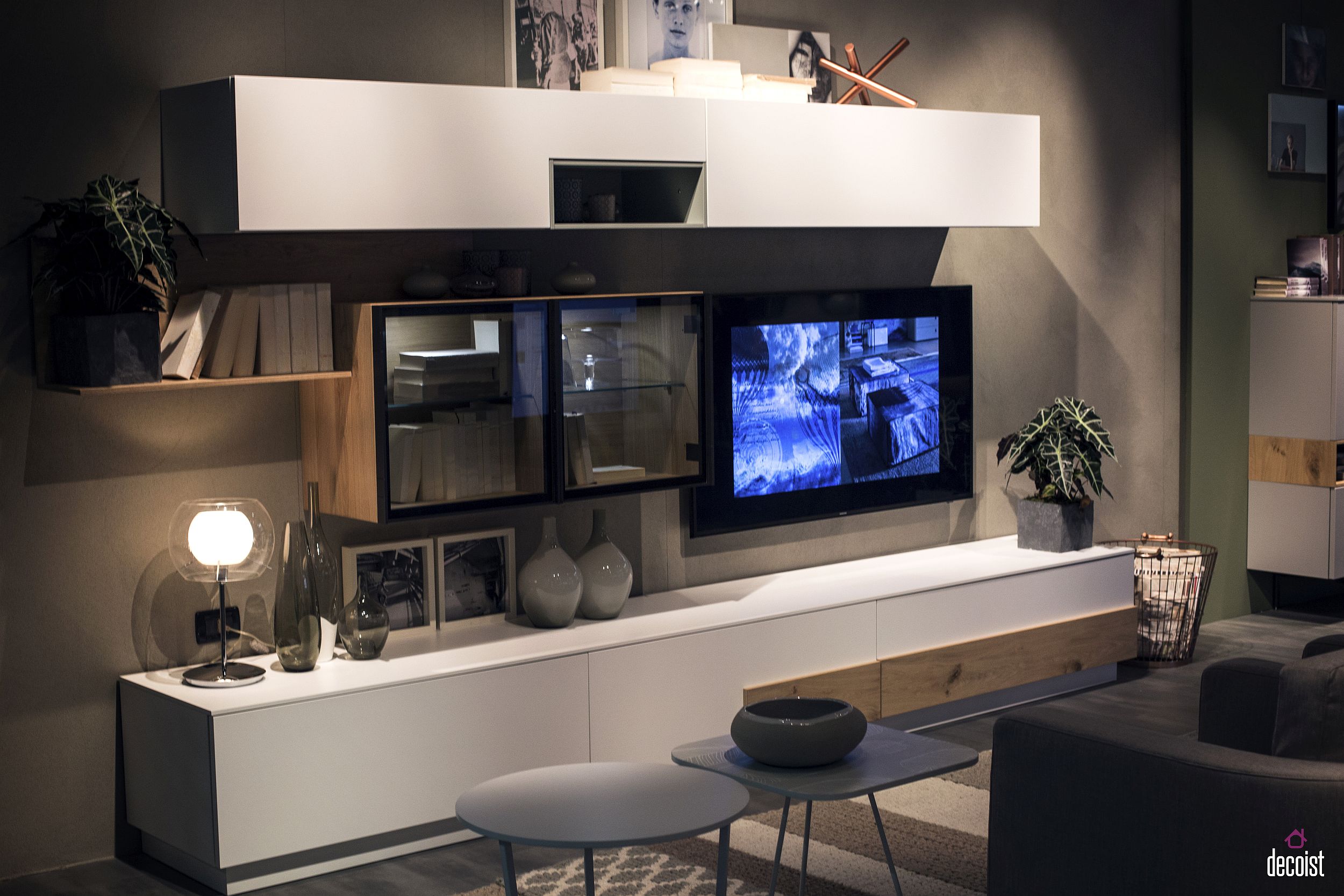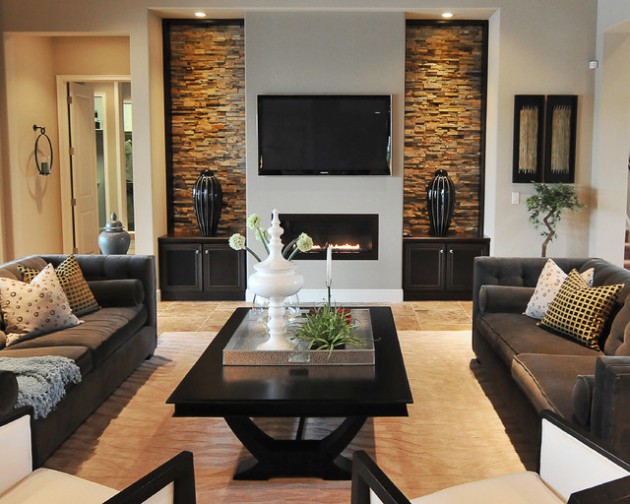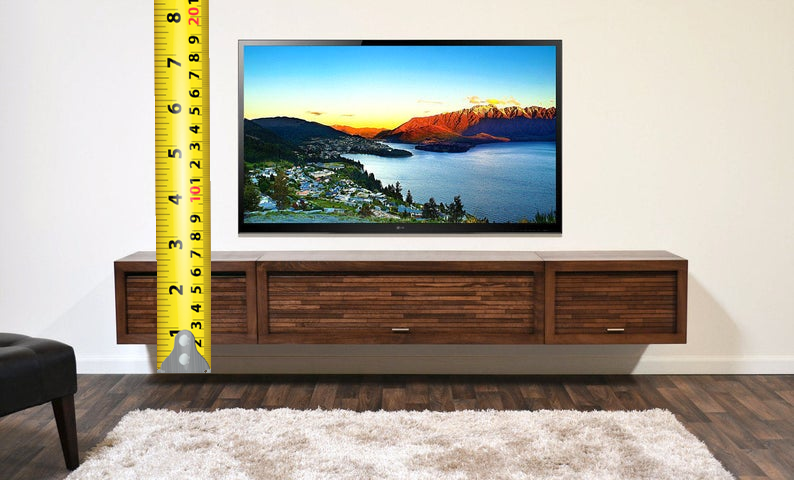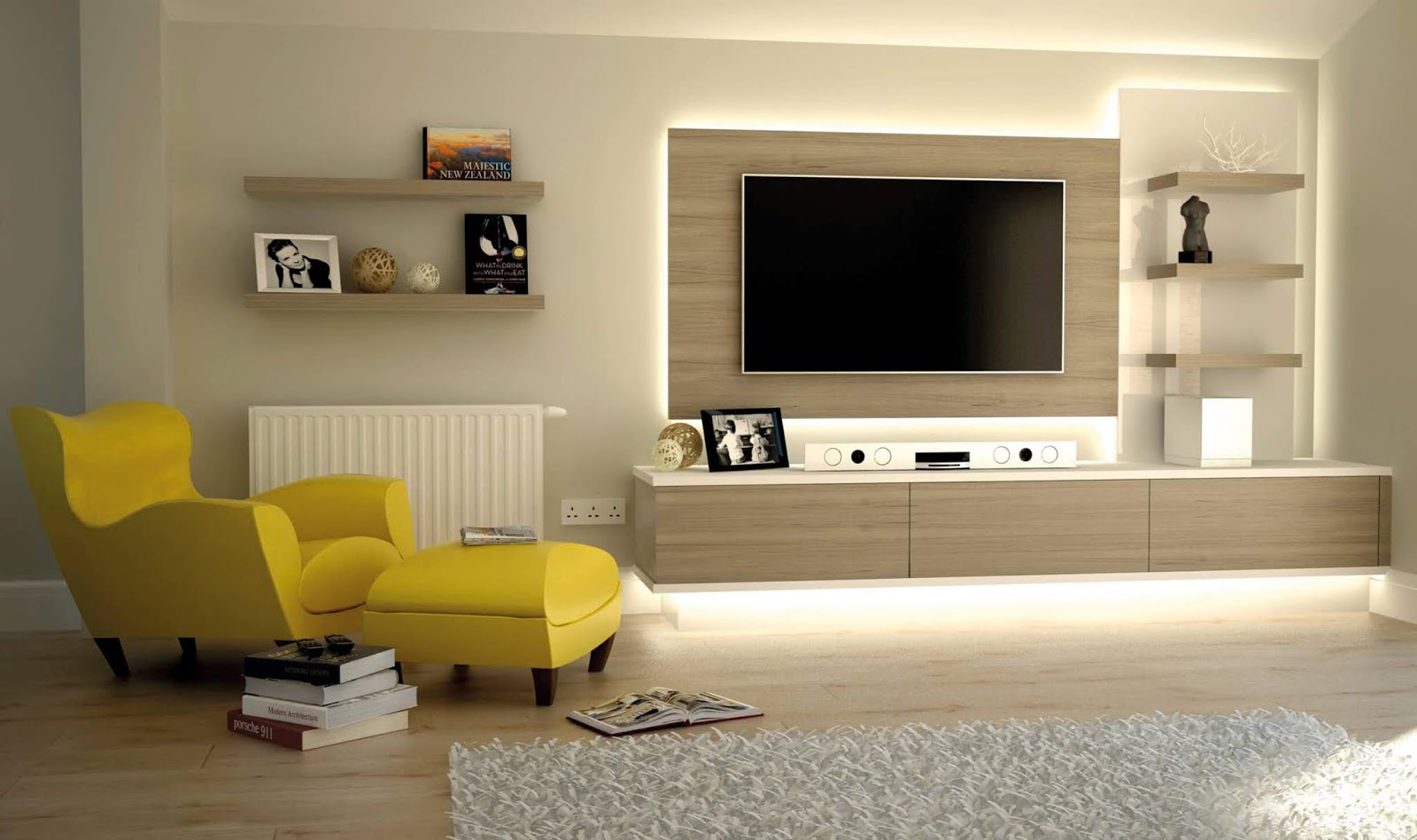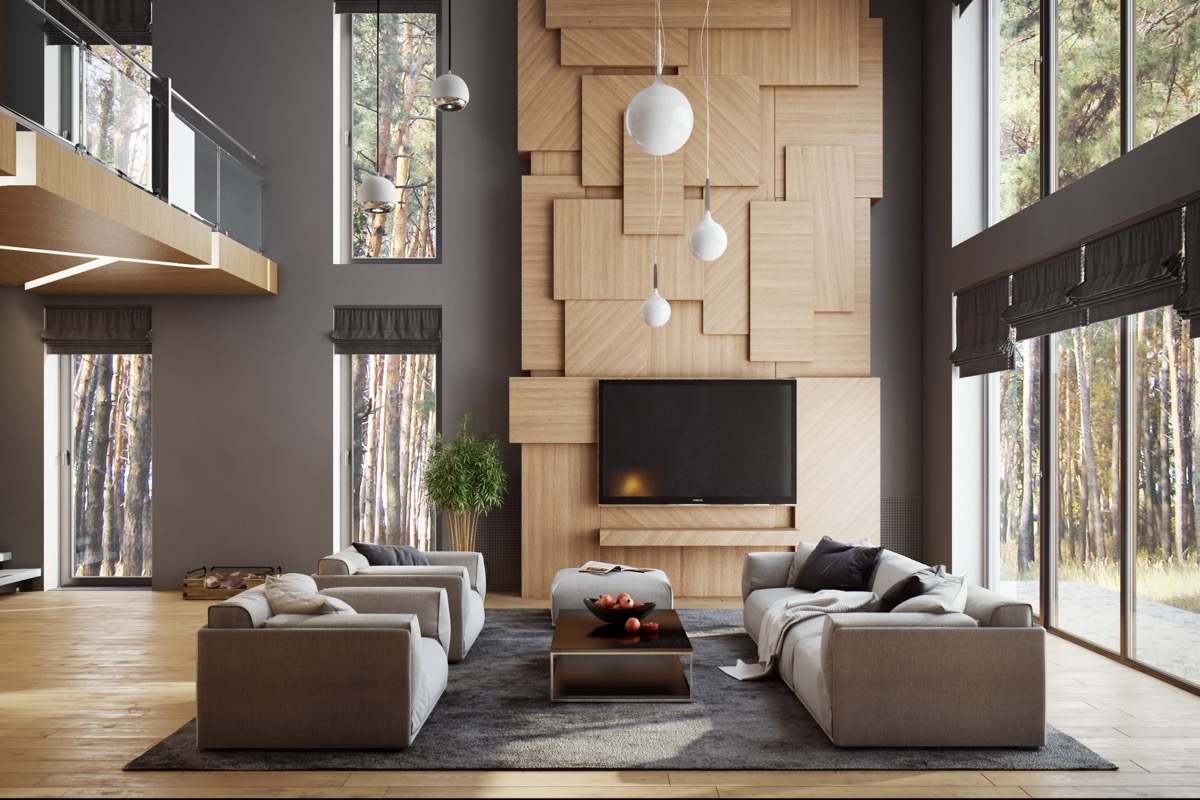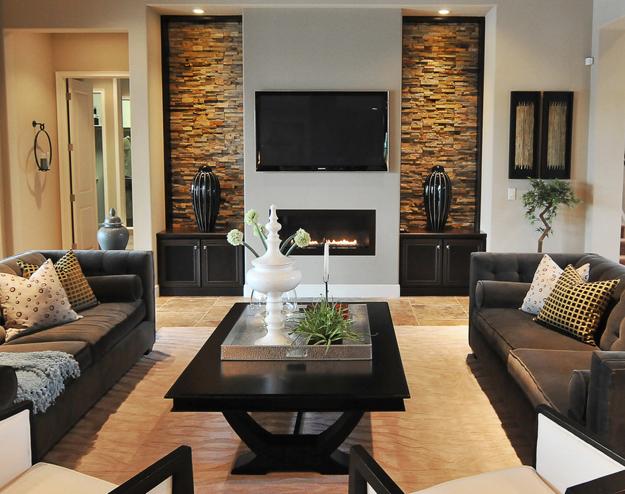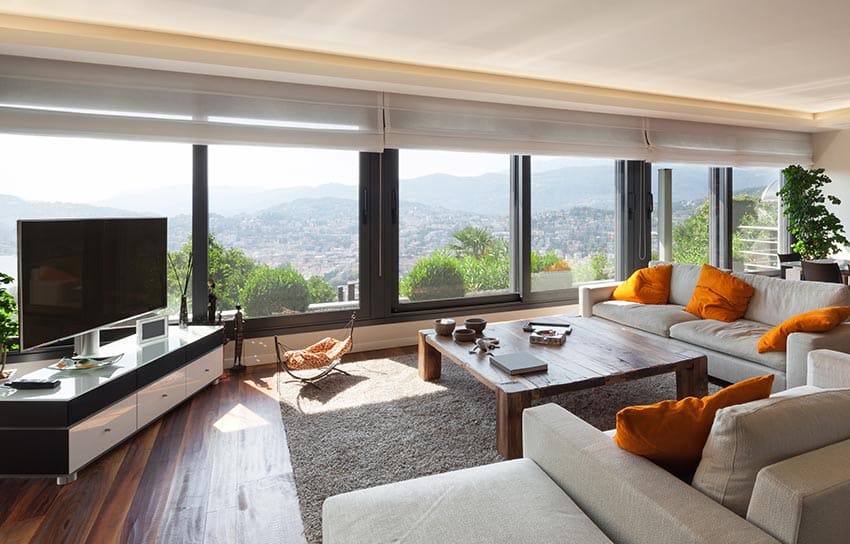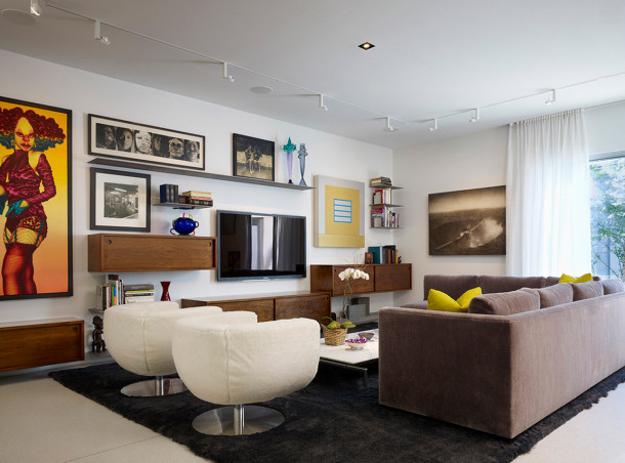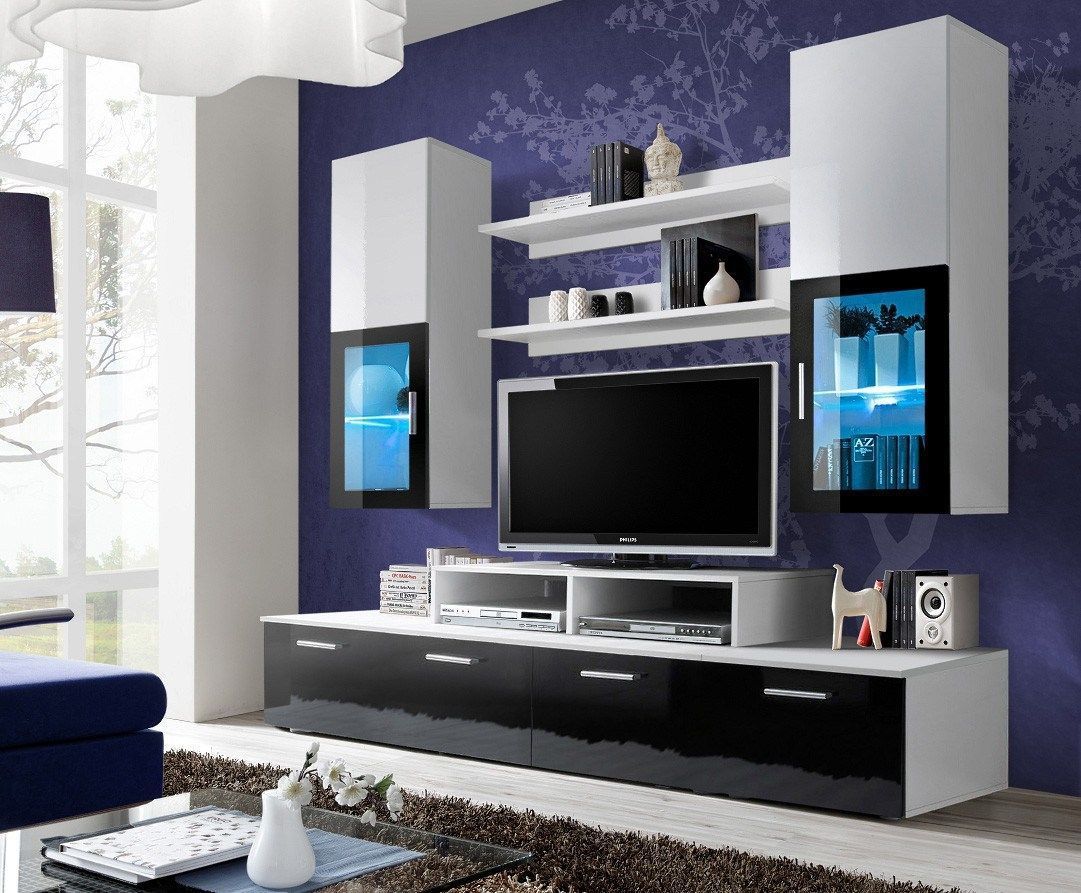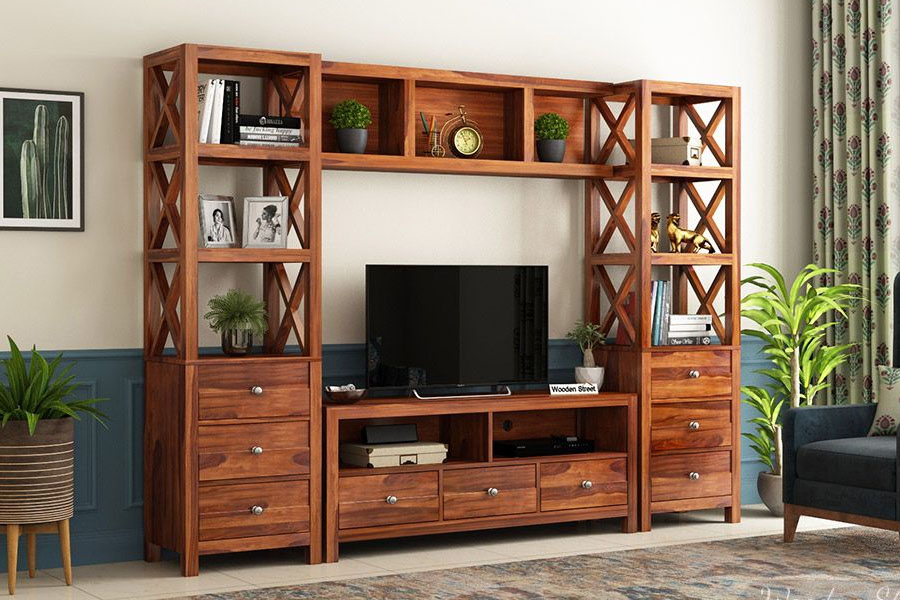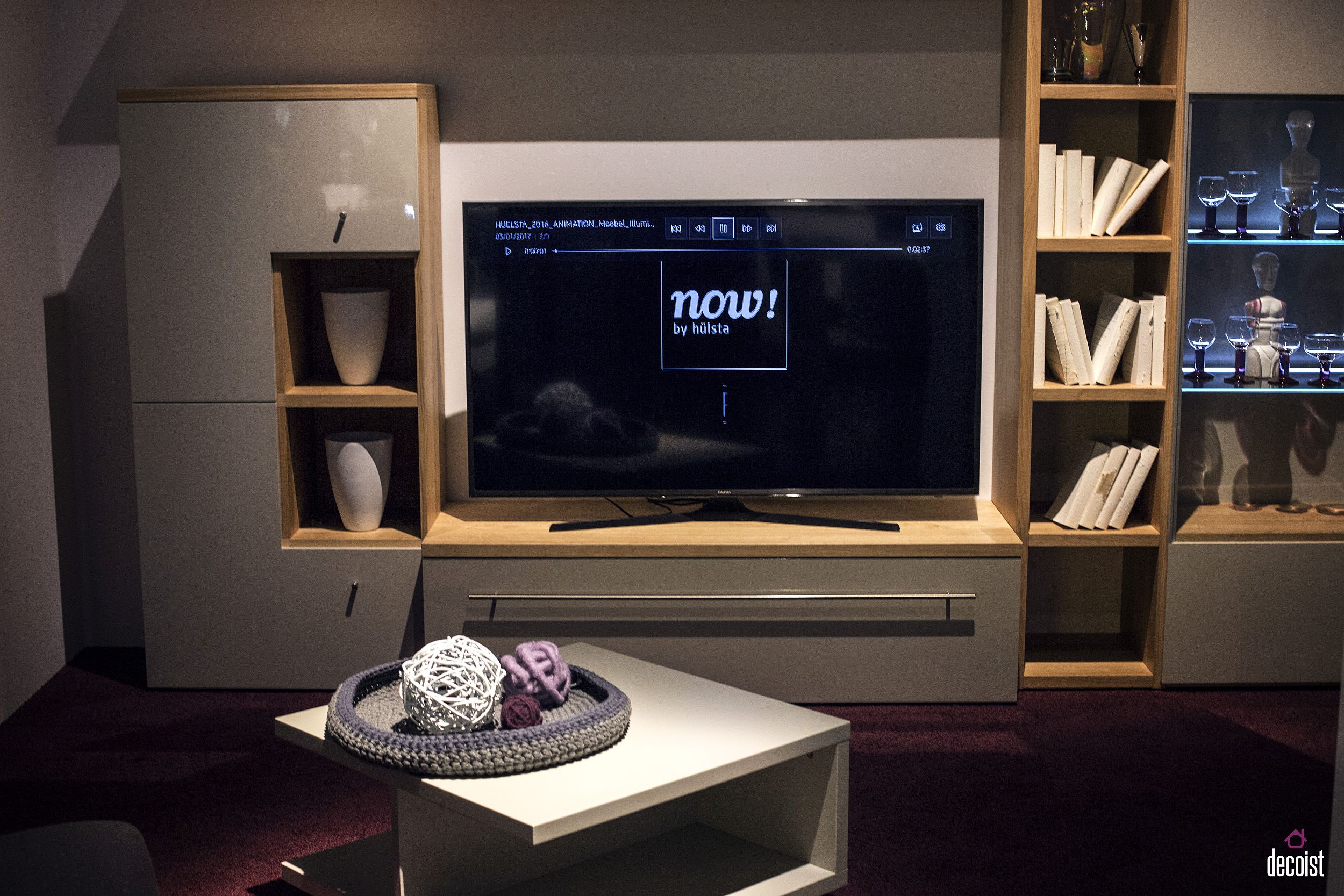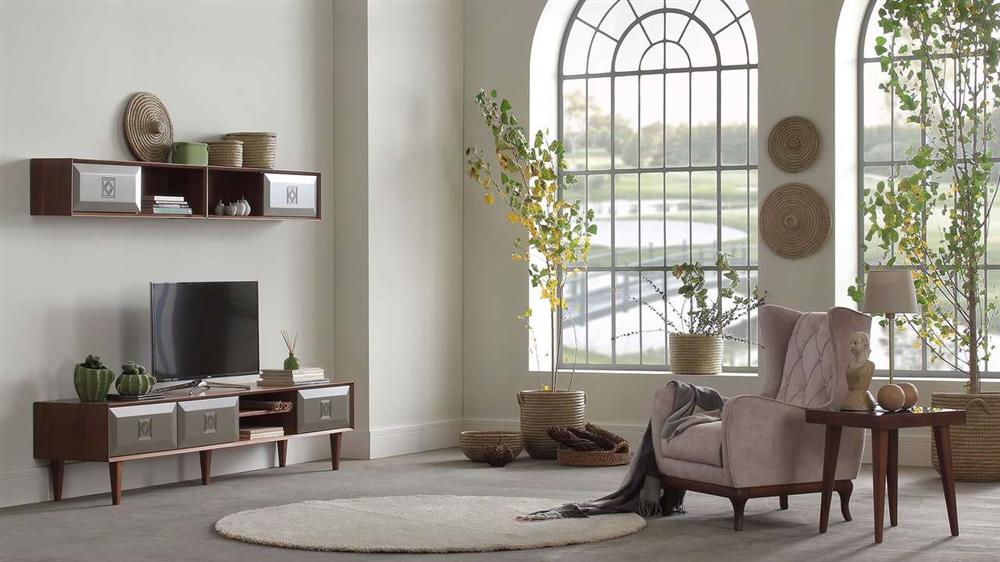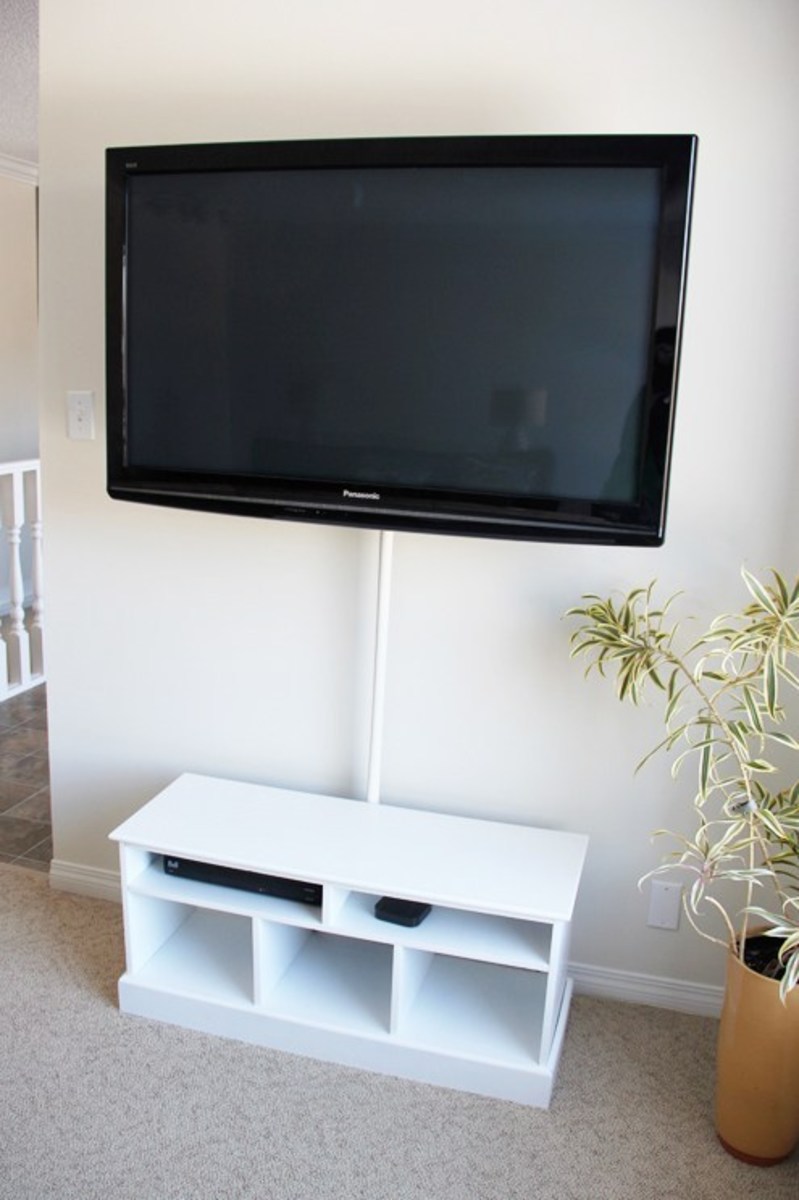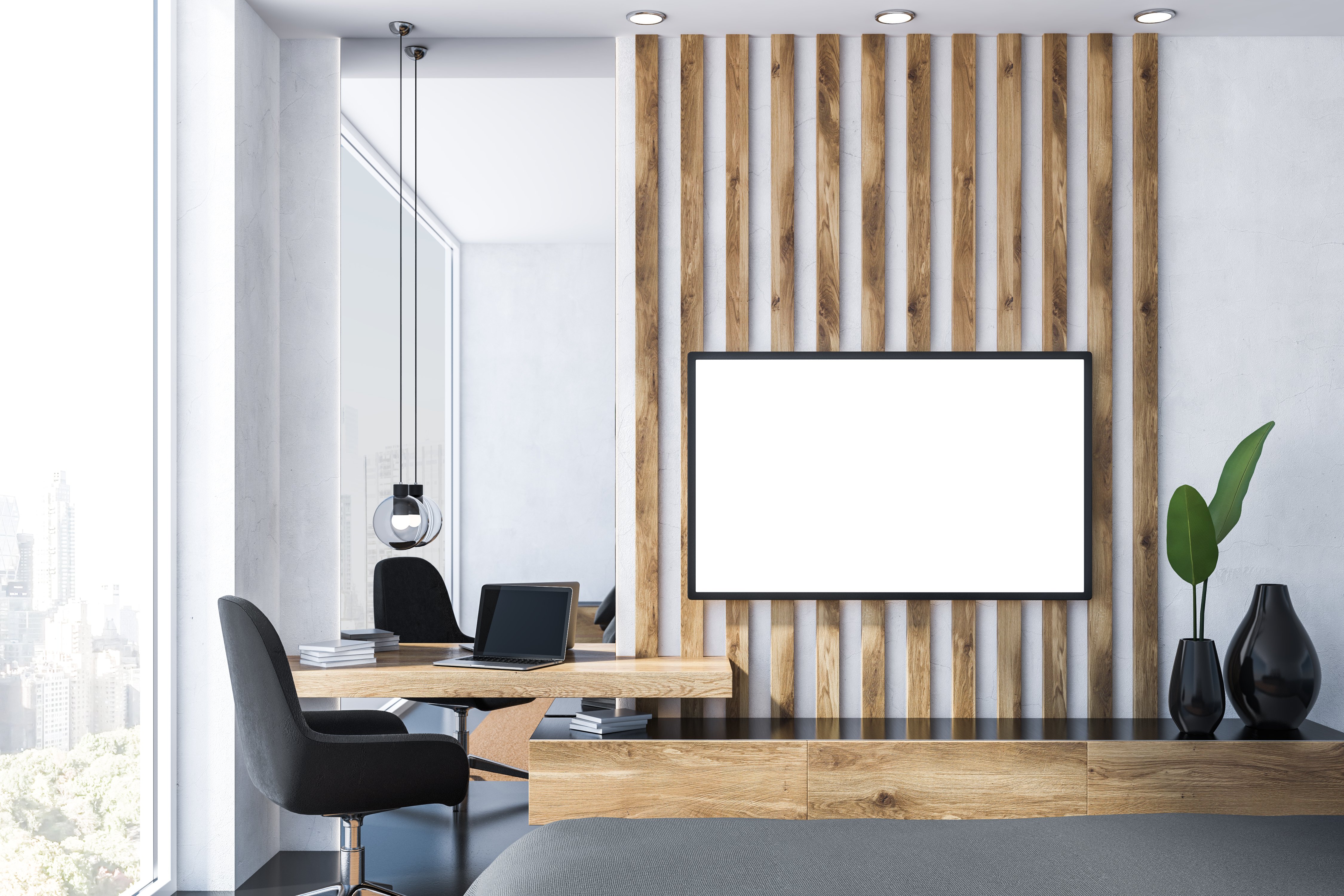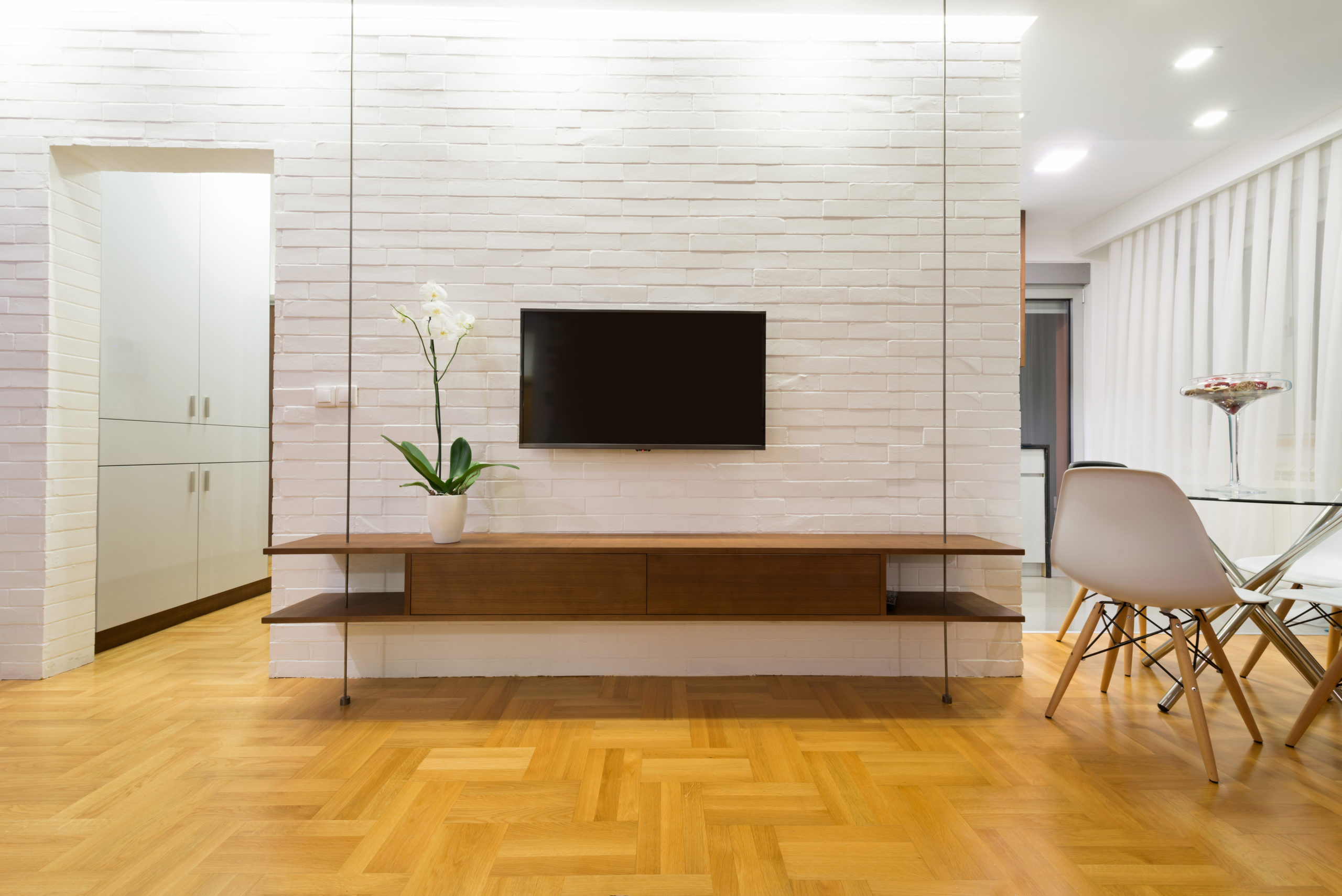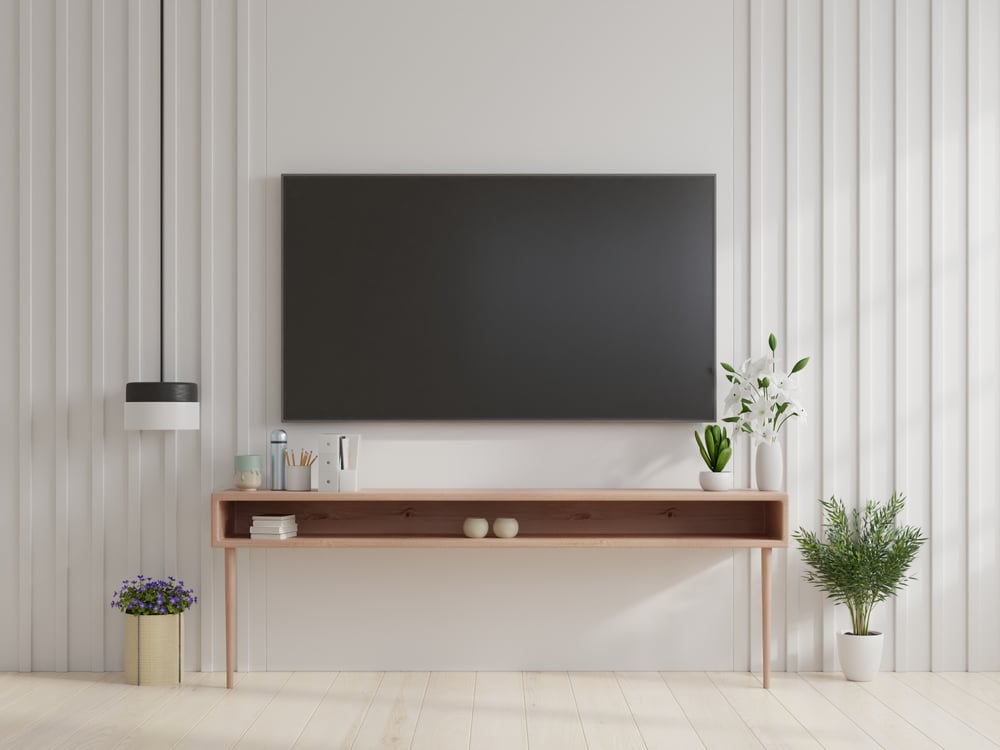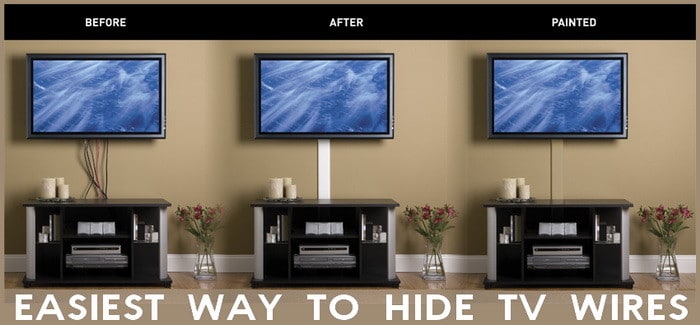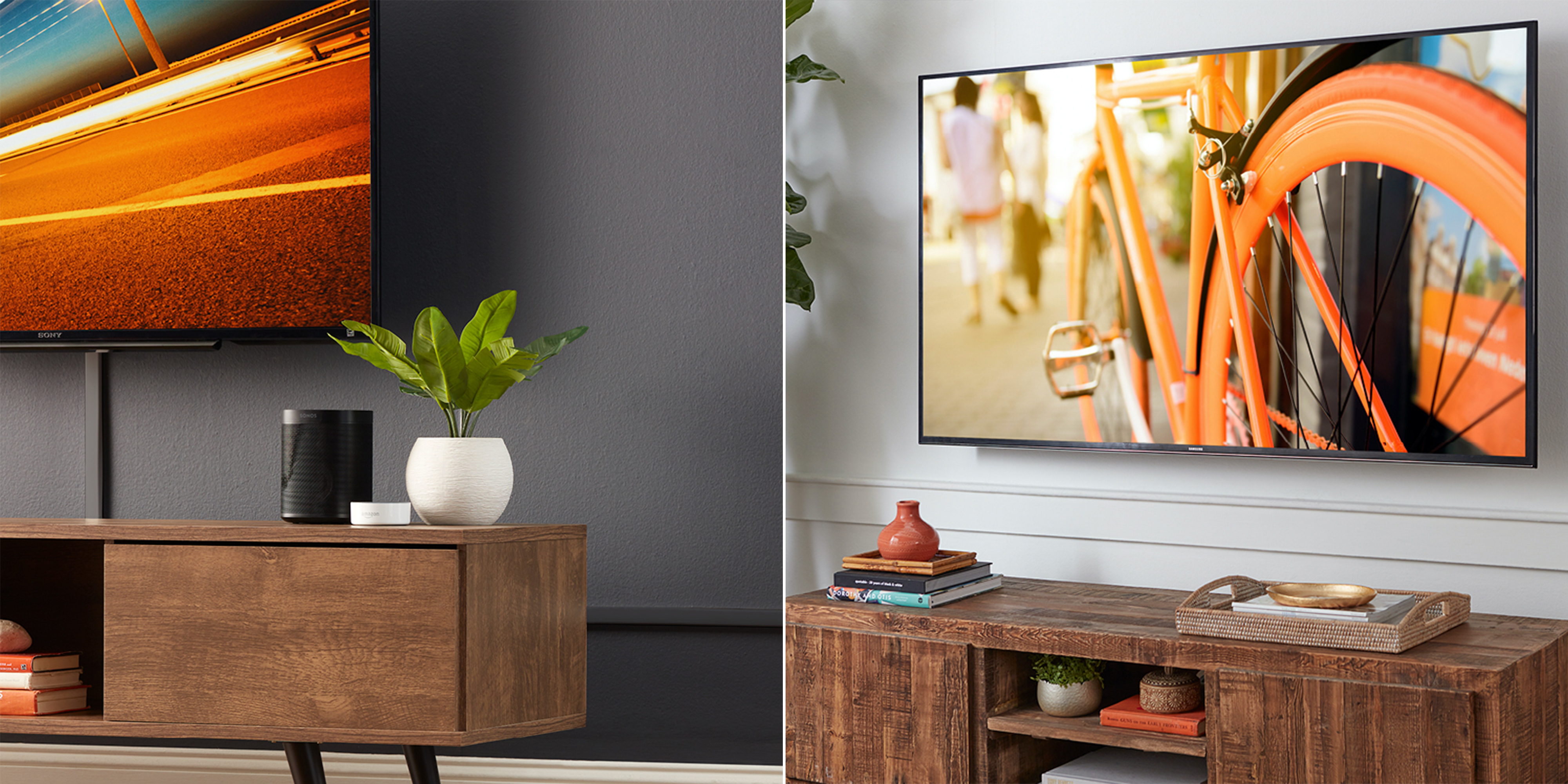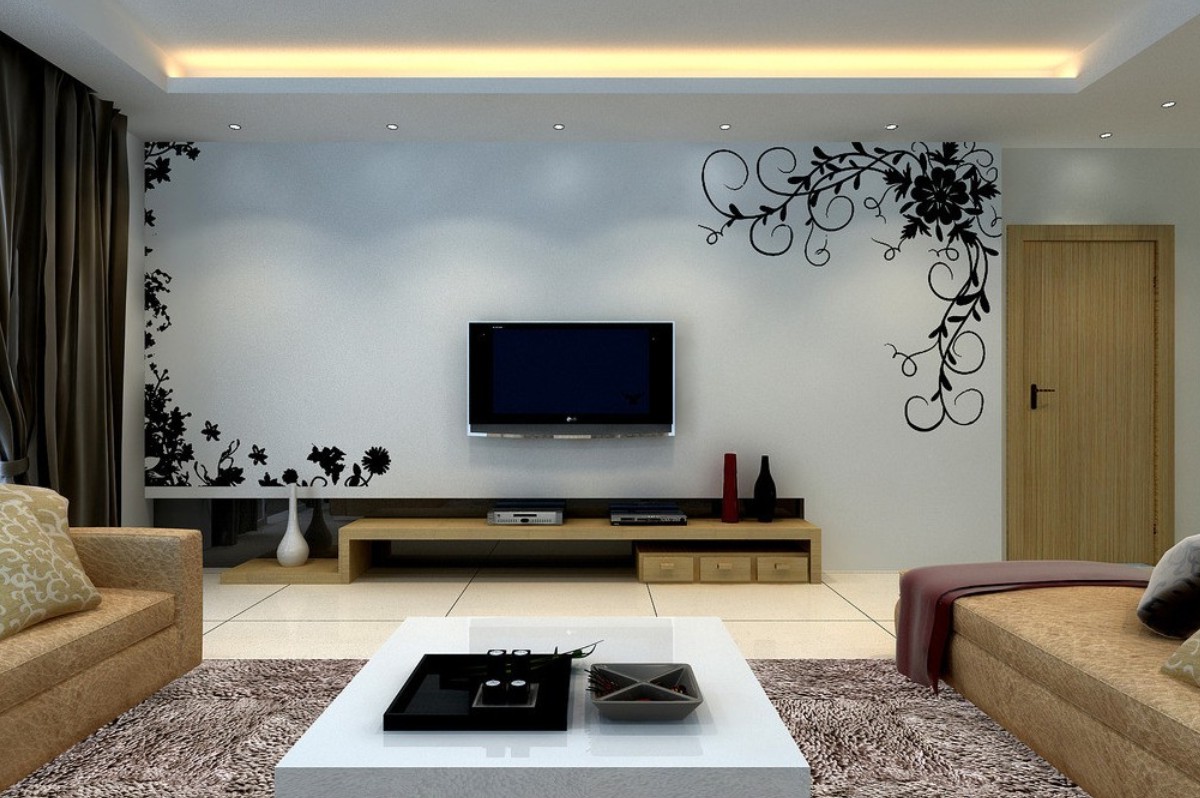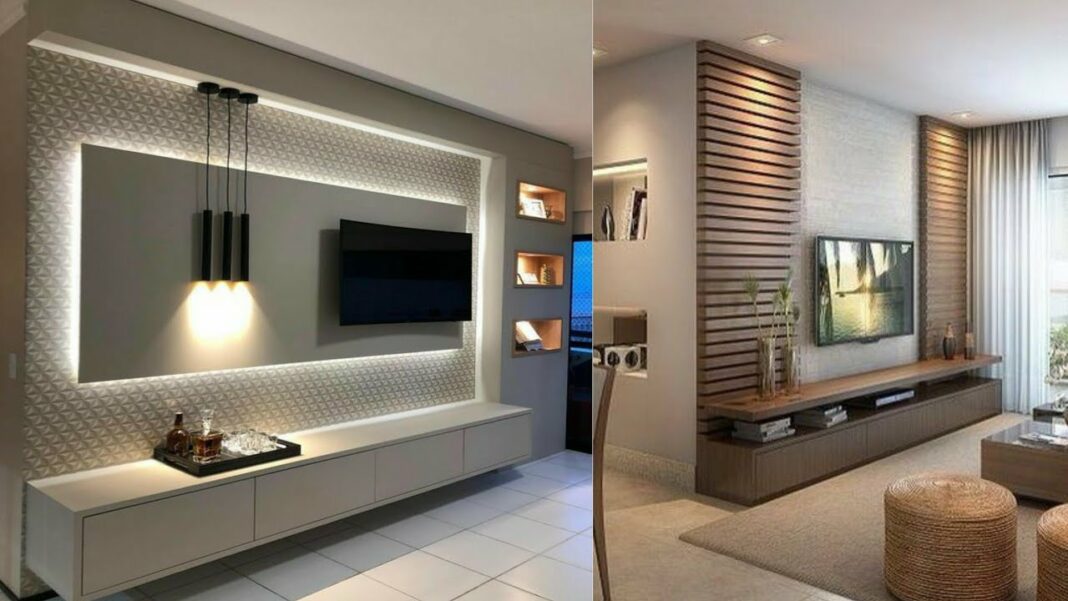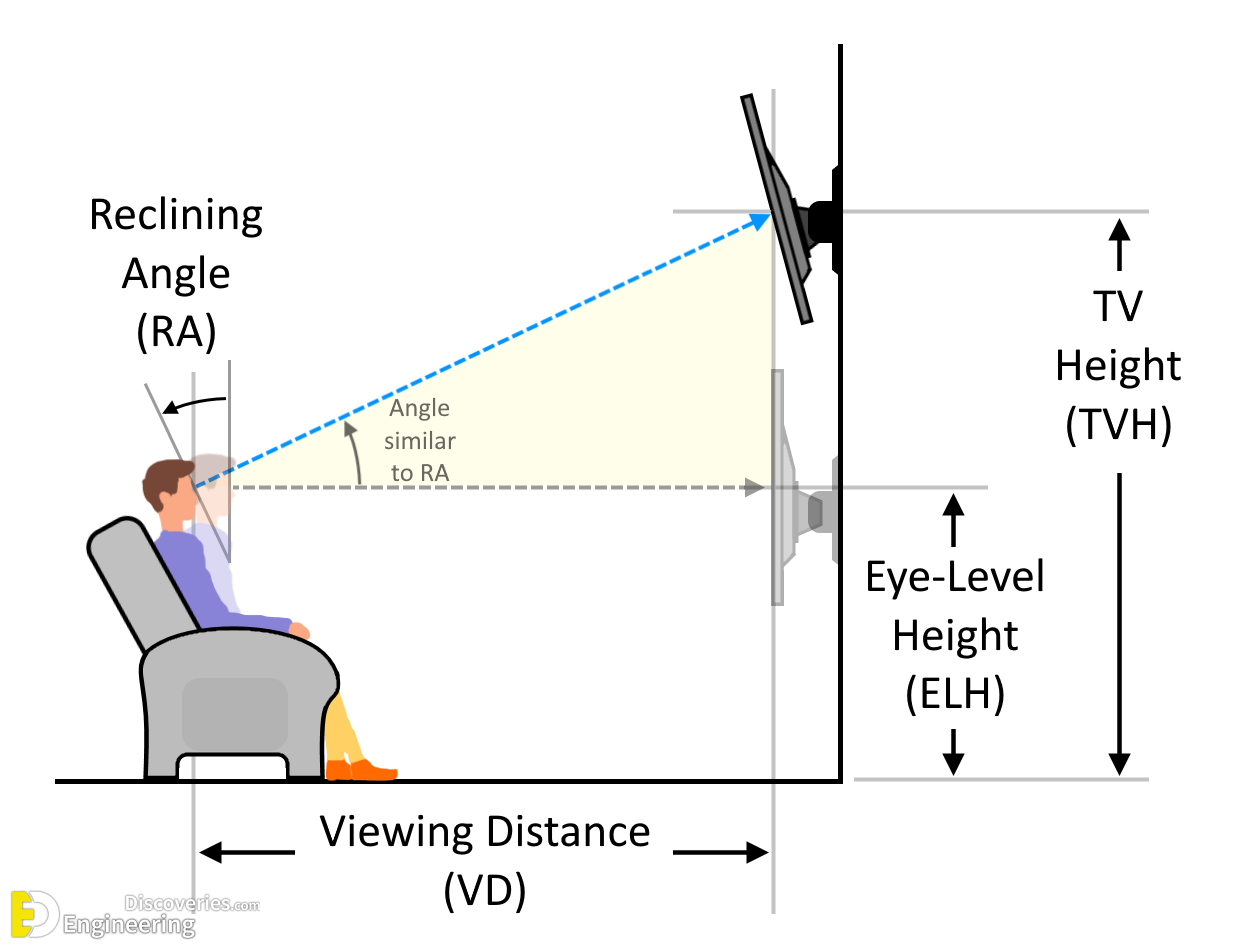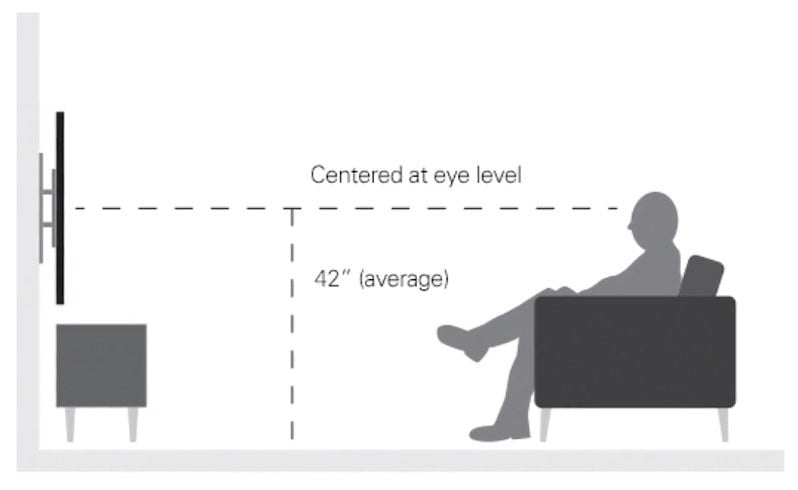The living room is often the central gathering place in a home, and having a TV in this space is a must for many families. However, figuring out the best way to mount the TV can be a challenge. Luckily, there are many creative and stylish ideas for hanging a TV in your living room that will enhance the overall look and functionality of the space.Living Room TV Wall Mount Ideas
Before you start drilling holes in your living room wall, it's important to have a plan for how you want to hang your TV. First, consider the size and weight of your TV to determine the appropriate mounting option. Then, decide on the placement of the TV in the room. Will it be mounted above a fireplace, on a blank wall, or on a TV stand? Finally, gather all necessary tools and hardware before starting the installation process.How to Hang a TV in a Living Room
There are several different options for mounting a TV in your living room, each with its own advantages and disadvantages. One popular option is a fixed wall mount, which allows the TV to sit close to the wall, creating a sleek and modern look. For those who want more flexibility, a tilting or full-motion wall mount allows for adjusting the angle of the TV. If you prefer not to put holes in your wall, a TV stand or entertainment center is a great alternative.Living Room TV Mounting Options
When it comes to choosing the best TV mount for your living room, it's important to consider the weight and size of your TV, as well as the type of wall you will be mounting it on. Look for mounts that are sturdy and can support the weight of your TV, and make sure to follow the manufacturer's instructions for installation.Best TV Mount for Living Room
The way you hang your TV can also contribute to the overall design of your living room. For a clean and modern look, consider mounting the TV on a plain white wall or on a dark accent wall. You can also incorporate the TV into a gallery wall by surrounding it with framed photos or artwork. Another option is to build a custom wall unit that incorporates the TV and provides storage for electronics and other items.Living Room TV Wall Design
When deciding on the placement of your TV in the living room, there are a few things to consider. First, make sure the TV is not in direct sunlight, as this can cause glare and make it difficult to see the screen. Also, consider the viewing distance from the TV. The general rule is to sit at a distance that is three times the diagonal size of the TV. For example, if you have a 60-inch TV, the optimal viewing distance would be 180 inches or 15 feet.TV Placement in Living Room
If you choose to have your TV on a stand rather than mounted on the wall, there are still many creative options for incorporating it into your living room design. A popular trend is to use a vintage dresser or console table as a TV stand, adding character and charm to the space. Another idea is to use a floating shelf or cabinet to hold the TV and other electronics, creating a clean and uncluttered look.Living Room TV Stand Ideas
One of the biggest challenges when hanging a TV in the living room is how to hide the unsightly wires and cords. There are a few different ways to achieve a clean and organized look. One option is to use cord covers or raceways, which can be painted to match your wall color and hide the wires. Another idea is to run the wires through the wall, which may require professional installation. You can also use a decorative media console or TV stand with built-in wire management.How to Hide TV Wires in Living Room
In addition to the TV itself, the wall surrounding it can also be decorated to enhance the overall look of your living room. Consider adding floating shelves or a gallery wall of artwork or photos around the TV. You can also incorporate plants, decorative objects, or a statement piece of furniture to create a visually appealing and balanced space.Living Room TV Wall Decor
The optimal viewing height for your TV will depend on the size and placement of the TV, as well as the seating arrangement in your living room. As a general rule, the TV should be at eye level when seated. If the TV is mounted above a fireplace, make sure to leave enough space between the bottom of the TV and the top of the fireplace to avoid any strain on the neck.TV Viewing Height in Living Room
The Benefits of Hanging TVs in the Living Room

Maximizing Space and Aesthetics
 In modern house designs, one popular trend is the incorporation of a hanging TV in the living room. This not only adds a touch of elegance to the overall interior design, but it also serves a practical purpose. By mounting the TV on the wall, it frees up valuable floor space, making the living room appear more spacious and organized. This is especially beneficial for smaller living rooms where every inch counts. Additionally, a hanging TV eliminates the need for a bulky TV stand or entertainment center, giving the living room a sleek and clutter-free look.
In modern house designs, one popular trend is the incorporation of a hanging TV in the living room. This not only adds a touch of elegance to the overall interior design, but it also serves a practical purpose. By mounting the TV on the wall, it frees up valuable floor space, making the living room appear more spacious and organized. This is especially beneficial for smaller living rooms where every inch counts. Additionally, a hanging TV eliminates the need for a bulky TV stand or entertainment center, giving the living room a sleek and clutter-free look.
Better Viewing Experience
 Another advantage of hanging TVs in the living room is the improved viewing experience. With traditional TVs, the viewing angle can be limited, especially if there are multiple seating areas in the living room. However, by mounting the TV on the wall, it can be adjusted to the perfect height and angle for optimal viewing from any spot in the room. This is particularly useful for movie nights or when hosting a sports game viewing party with friends and family.
Another advantage of hanging TVs in the living room is the improved viewing experience. With traditional TVs, the viewing angle can be limited, especially if there are multiple seating areas in the living room. However, by mounting the TV on the wall, it can be adjusted to the perfect height and angle for optimal viewing from any spot in the room. This is particularly useful for movie nights or when hosting a sports game viewing party with friends and family.
Child and Pet-Friendly
 For households with young children or pets, a hanging TV can be a safer option. Traditional TVs on a stand or cabinet can easily be knocked over, posing a danger to curious little ones or playful pets. By mounting the TV on the wall, this risk is eliminated, giving parents and pet owners peace of mind. Additionally, with no cords or wires visible, it also reduces the temptation for children or pets to play with them.
For households with young children or pets, a hanging TV can be a safer option. Traditional TVs on a stand or cabinet can easily be knocked over, posing a danger to curious little ones or playful pets. By mounting the TV on the wall, this risk is eliminated, giving parents and pet owners peace of mind. Additionally, with no cords or wires visible, it also reduces the temptation for children or pets to play with them.
Easy Installation and Maintenance
 Contrary to what some may think, hanging a TV on the wall is a relatively simple and straightforward process. Most modern TVs come with a wall-mounting kit and instructions, and there are plenty of tutorials and online resources available. This means that homeowners can save money by not having to hire a professional for installation. Furthermore, with no need for a TV stand or cabinet, cleaning and maintenance become less of a hassle.
In conclusion,
incorporating a hanging TV in the living room not only adds a touch of style and sophistication to the house design, but it also offers practical benefits such as maximizing space, improving the viewing experience, and being child and pet-friendly. With easy installation and maintenance, it's no wonder that this trend has become increasingly popular in modern homes. So if you're looking to upgrade your living room, consider hanging your TV for a sleek and functional addition to your space.
Contrary to what some may think, hanging a TV on the wall is a relatively simple and straightforward process. Most modern TVs come with a wall-mounting kit and instructions, and there are plenty of tutorials and online resources available. This means that homeowners can save money by not having to hire a professional for installation. Furthermore, with no need for a TV stand or cabinet, cleaning and maintenance become less of a hassle.
In conclusion,
incorporating a hanging TV in the living room not only adds a touch of style and sophistication to the house design, but it also offers practical benefits such as maximizing space, improving the viewing experience, and being child and pet-friendly. With easy installation and maintenance, it's no wonder that this trend has become increasingly popular in modern homes. So if you're looking to upgrade your living room, consider hanging your TV for a sleek and functional addition to your space.



